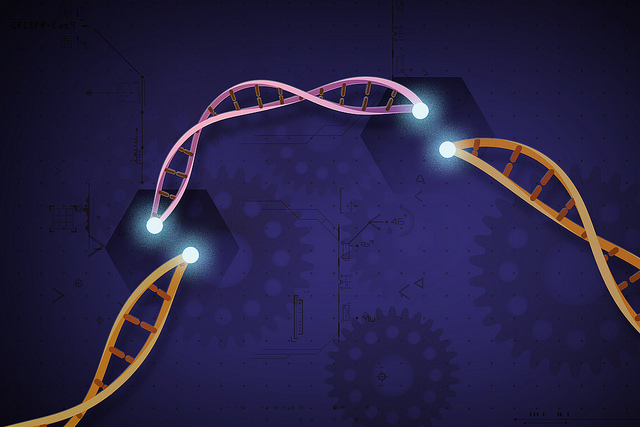Aggregated News

CRISPR, an extraordinarily powerful genome-editing tool invented in 2012, can still be clumsy. It sometimes changes genes it shouldn’t, and it edits by hacking through both strands of DNA’s double helix, leaving the cell to clean up the mess—shortcomings that limit its use in basic research and agriculture and pose safety risks in medicine. But a new entrant in the race to refine CRISPR promises to steer around some of its biggest faults. “It’s a huge step in the right direction,” chemist George Church, a CRISPR pioneer at Harvard University, says about the work, which appears online today in Nature.
This newfangled CRISPR, dubbed “prime editing,” could make it possible to insert or delete specific sequences at genome targets with less collateral damage. “Prime editors offer more targeting flexibility and greater editing precision,” says David Liu, a chemist at the Broad Institute in Cambridge, Massachusetts, whose lab led the new study and earlier invented a popular CRISPR refinement called base editing.
Liu, his postdoc Andrew Anzalone, and co-workers tested variations of their prime editors on several human and...



